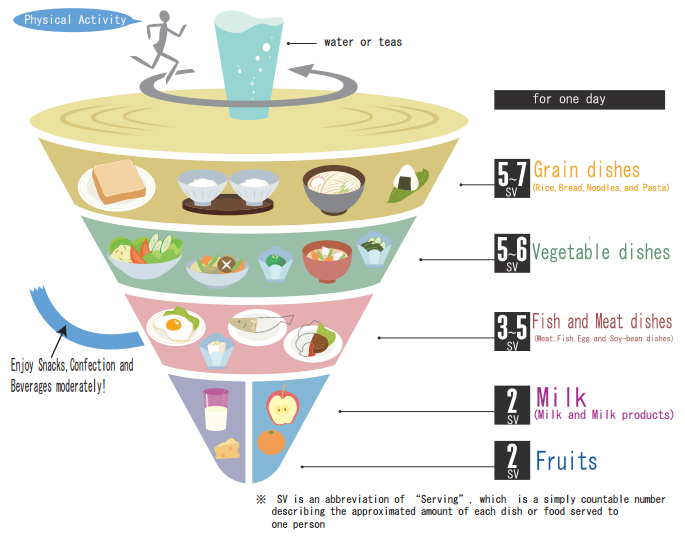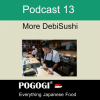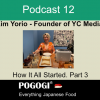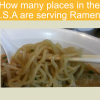Japanese Diet: Understanding The Japanese Food Pyramid

The human body depends on nutrients from the foods we consume. Oftentimes, we end up eating more and more of the foods we like and less and less of the ones that are good for us. The Japanese Food Pyramid has a breakdown of the foods that are considered to be the basic building blocks of a healthy lifestyle in terms of food. Depending on where you live, some foods are simply more accessible than others, and decisions have to be made regarding what is right for you and what can prove to be trouble.
Exercise and Tea/Water
At the top of the inverse Pyramid you will see that having an active lifestyle is very important along with drinking water. Tea is also important with so many health benefits, especially Japanese Green Tea. Green tea has flavonoids which are a group of phytochemicals that have anti-oxidative and anti-carcinogenic properties. They are many different varities of Green Tea to try such as Macha, Gyokuro, Hojicha and Sencha.
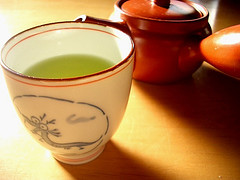
 by Kanko* - Japanese Green Tea
by Kanko* - Japanese Green Tea
Grains and Vegetables
The base of the pyramid is made of Grains such as rice, bread, noodles and pasta. In order to build a strong base for the pyramid, the recommendation is to eat 5 to 7 servings of these types of grains each day. Popular types of Japanese food that belong to this category are sushi(rice), Soba noodles, Shirataki noodles and Ramen Noodles.
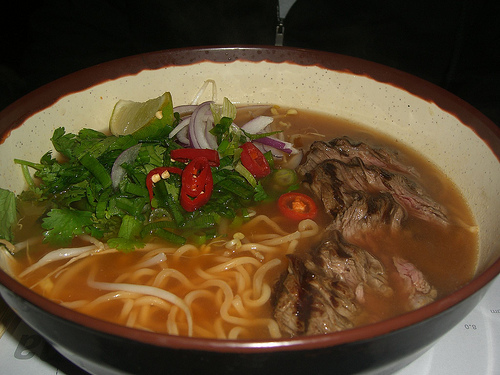
![]() by avlxyz - Ramen Noodles
by avlxyz - Ramen Noodles
The next most important food on the pyramid is what we all know to be important and that’s vegetables. The recommendation from the Japanese Food Pyramid is that individuals consume between 5 and 6 servings of vegetable dishes every day. A couple vegetables to try are Wakame(A Healthy Sea Vegetable commonly used in Miso Soup), Nori(used in sushi) and Tsukemono which are Japaese preserved vegetables like Daikon,
If you start with these two food groups, you can most likely consume them together when eating noodles soups since many are acommpanied with many types of vegetables.
Meats and Fish
Next in line is Meats and Fish at 3 to 5 servings. Japan is probably the most famous country known for eating fish because of Sushi and Sashimi and yes there is a difference between the two. You will notice that eggs are considered a part of this group and are popular in Japan. So whether you have your eggs for breakfast, in a noodle soup or as part of a nice stir fried rice dish, you can definitely work them into your diet without much trouble.
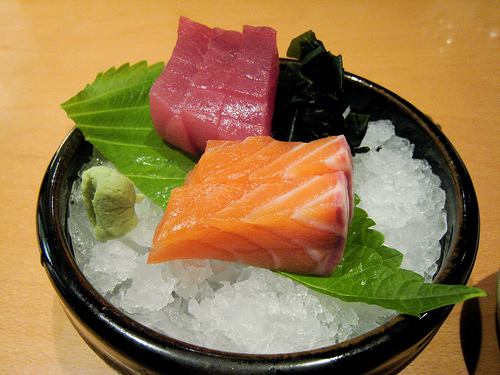
 by Charles Haynes - Sashimi
by Charles Haynes - Sashimi
Milk and Fruits
Once you’ve managed to plan for the hard core foods in your diet – the grains, vegetables and meats – you can start to accent your meals with milk, dairy products, as well as fruits. The pyramid recommends that the diet include 2 servings of milk and 2 servings of fruit. It is interesting to see how little fruits is recommended. A couple Japanese fruits to try are persimmons, ringo apples and Japanese pear nashi.
Conclusion
Without a doubt this food pyramid is different than that of other countries. Overall you will notice how this food pyramid correlates strongly with a traditional Japanese meal at dinner time.
We encourage you to go ahead and give this food pyramid a shot. It can provide nothing but benefits in terms of health. Oh one last thing from the pyramid, you can enjoy snacks and beverages moderately. Its all about having a balance lifestyle!


